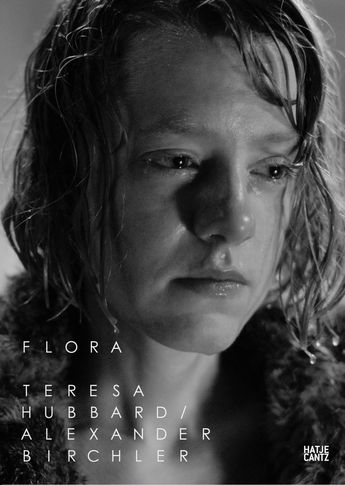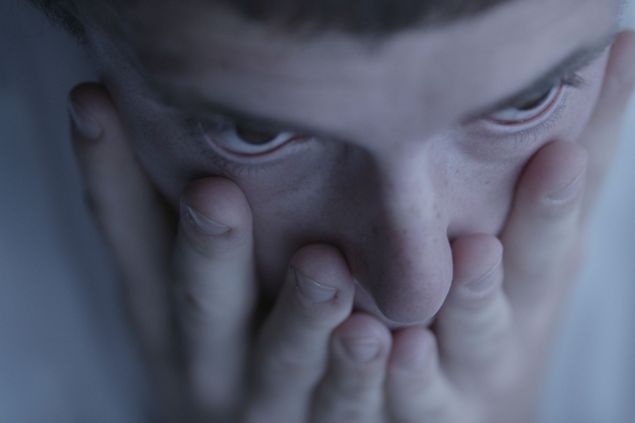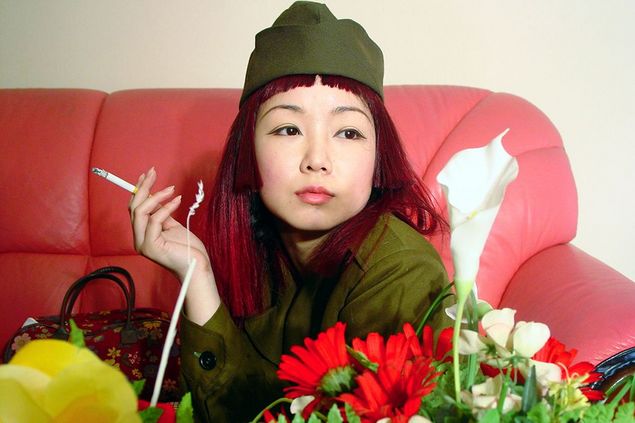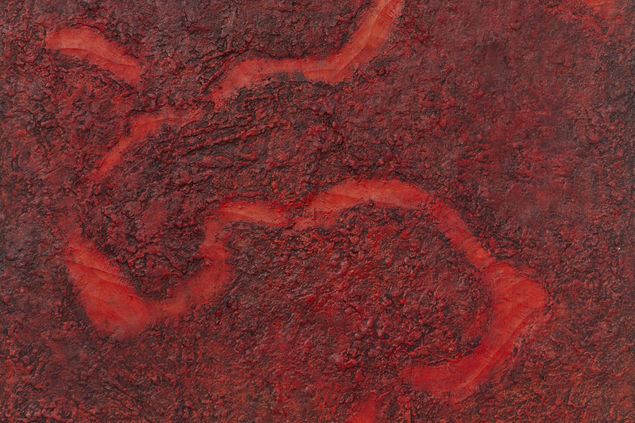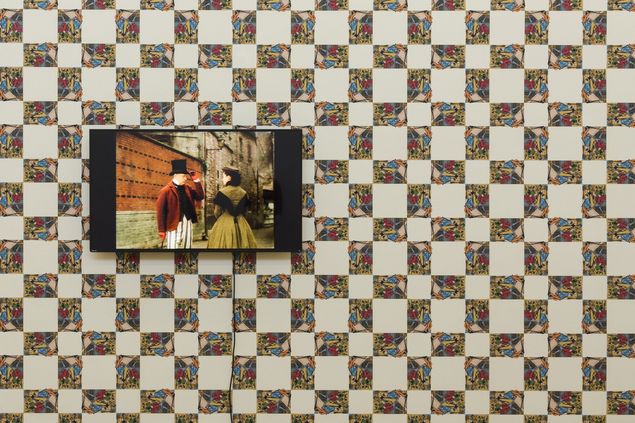Flora Mayo was first publicly mentioned as a side note, in a dismissive and sexist context, in the best-selling, Giacometti: A Biography by James Lord published in 1985. A black-and-white reproduction in the book shows Mayo and Giacometti, circa 1927, both in their twenties, sitting on either side of a bust portrait Mayo made of him. The photograph of the couple fascinated Hubbard/Birchler, and set them on an international search traversing Europe and the United States to find out about Flora Mayo and what happened to her. Their research led to the discovery of David Mayo, Flora’s only surviving child, living near Los Angeles. Bust is inspired by this lost photograph and consists of a reproduction of the image and a reconstruction of Mayo’s destroyed sculpture.
Hubbard/Birchler bring Flora Mayo’s compelling biography to life through a feminist perspective that interweaves reconstruction, reenactment and documentary into a hybrid form of storytelling. Each side of Flora reveals a different story – yet, remarkably, they share the same soundtrack. The work is conceived as an impossible conversation between Flora Mayo – incorporating excerpts from her unpublished letters, and her son, David – who had little knowledge about his mother’s artistic past. Flora creates a multifaceted dialogue – between a mother and son, Mayo and Giacometti, Paris and Los Angeles, and past and present.
The Irish, American and Swiss artist Teresa Hubbard and the Swiss artist Alexander Birchler have been working together since 1990. In their narrative-driven film installations, photography and sculpture, they push the boundaries between reality and fiction in which the roles of memory, stategic digression and biography are entwined. The Sammlung Goetz, which already has key works by the artist couple including the trilogy Gregor's Room (1998/99), Single Wide (2002), Eight (2001) / Eighteen (2013), and House with Pool (2004), has supported the production of Flora early on. Both Flora (2017) and Bust (2017) are now part of the Sammlung Goetz.
Curated by Susanne Touw
With the support of the Swiss Arts Council Pro Helvetia

